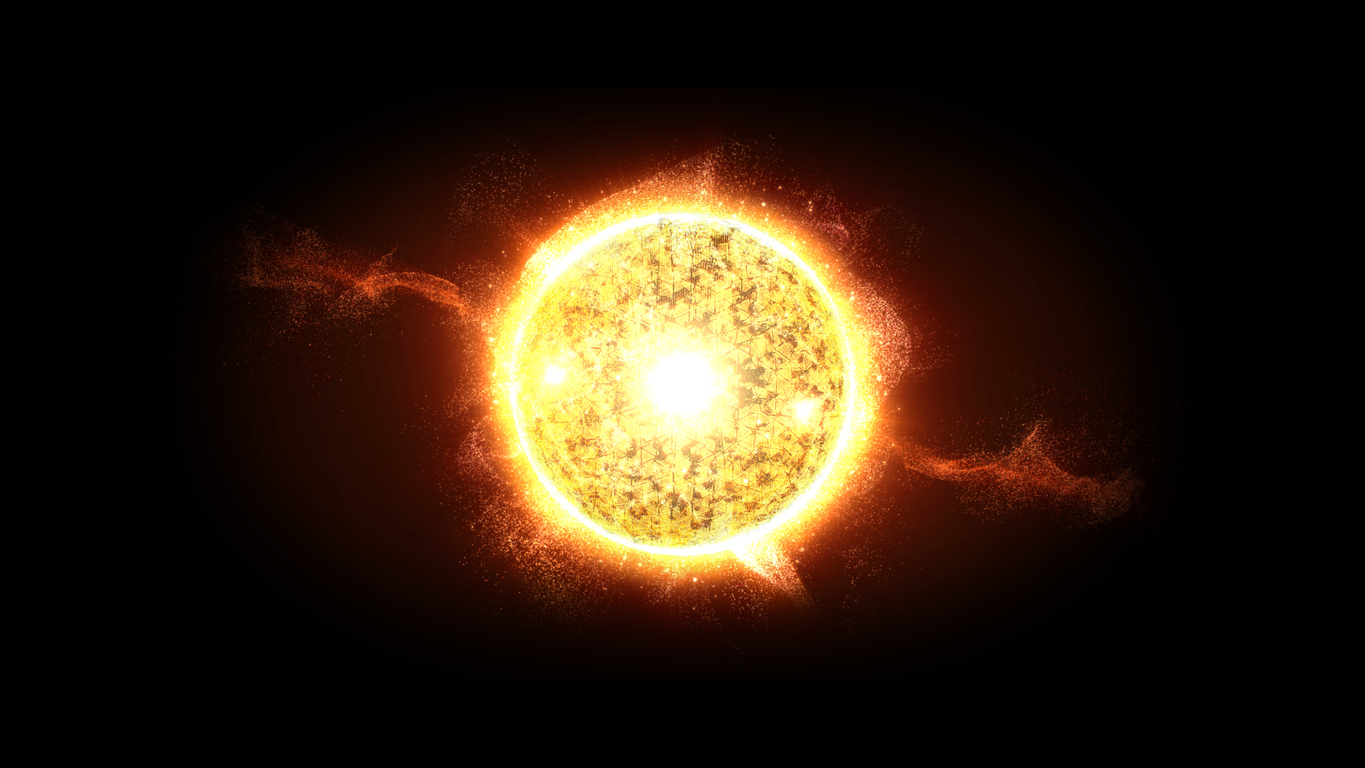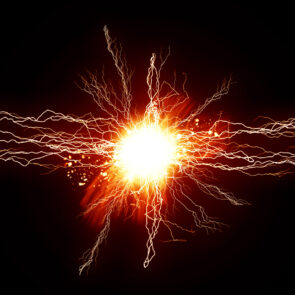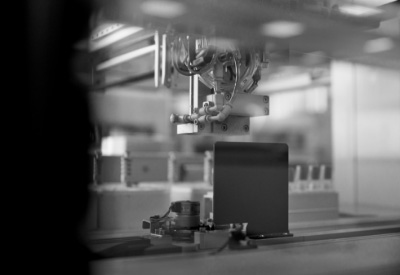Nuclear fusion (not to be confused with nuclear fission) has been the subject of global scientific research efforts for the better part of the last century. The main goal of nuclear fusion research is to identify methods to harness the energy produced by fusion reactions as a new power source.
The potential applications of nuclear fusion energy are vast, and if harnessed correctly, could provide a virtually limitless source of clean, efficient, safe, and affordable energy.
What Is Nuclear Fusion?
To understand nuclear fusion, we must first understand the building blocks of matter. At every atom’s center is a dense region called the nucleus (plural: nuclei) consisting of protons (subatomic particles with a positive charge) and neutrons (subatomic particles with a neural charge).
The number of protons within each nucleus determines the element’s atomic number, and therefore its place on the periodic table. For example, hydrogen has one proton, helium has two, and so on. Under extreme circumstances, two or more nuclei can combine together via nuclear fusion, a process that can release an enormous amount of energy.
Where Does Nuclear Fusion Occur?
The best example of nuclear fusion can be found in the gigantic nuclear reactor that powers all life on Earth: the Sun. The Sun is classified as a rather ordinary main-sequence star, meaning its energy is generated by the nuclear fusion of hydrogen into helium.
The Sun’s core is where the process of nuclear fusion occurs, yielding an incredible 600+ million metric tons of hydrogen each second. Larger stars, such as the red supergiant Betelgeuse, fuse helium into even heavier elements, including carbon, oxygen, neon, magnesium, silicon, and iron.
The massive gravitational forces present in the core of stars provide the perfect setting for nuclear fusion to occur. The end result is the production of enormous amounts of energy that can be observed via the heat and light output of each star.
While scientists cannot match the sheer scale of nuclear fusion that occurs in stars, researchers have successfully developed several artificial nuclear fusion methods that mimic the same general process. Techniques like thermonuclear fusion, inertial confinement fusion, and colliding beam fusion all use fusion nuclear reactor technology to generate electrical power via the heat produced from nuclear fusion reactions.
What Conditions Are Required for Nuclear Fusion?
For nuclear fusion reactions to occur, a substantial initial energy barrier must first be overcome. Nuclei tend to repel one another under normal conditions due to electrostatic forces. However, intense pressure and heat generated through natural or artificial means in a relatively small space (to increase the odds of a collision occurring) can compress atomic nuclei enough to bypass this natural barrier and start a fusion reaction.
Unsurprisingly, the stars are a great place for fusion to occur due to the incredible heat and pressure present in their cores. Still, impressive engineering feats can also recreate nuclear fusion conditions in laboratory settings.
Process of Nuclear Fusion
Nuclear fusion occurs when lighter atomic nuclei merge to create heavier nuclei and subatomic particles (protons or neutrons). Albert Einstein’s famous E=mc2 formula defines the equivalency between mass and energy in any given system and can be easily observed in nuclear fusion reactions.
The nuclear fusion reaction process can release massive amounts of energy when the total mass of a resulting nuclei is less than the mass of the two original nuclei. Differences in the nuclear binding energy between reactants and products are responsible for this phenomenon, whereby excess mass is converted to energy.
Example of Nuclear Fusion
Nuclear fusion was first achieved in a laboratory setting in the 1930s. These initial experiments paved the way for future scientific advancements and progress, which continues to this very day. While successful nuclear fusion reactions have been repeatedly demonstrated via pilot nuclear fusion plants, the total amount and efficiency of energy produced is still nowhere near the levels required for effectively generating electricity for commercial and noncommercial use worldwide.
Although nuclear fusion hasn’t reached global energy production scale yet, ongoing research continues to yield technological advancements that suggest it may be possible to harness nuclear fusion via energy plants in the not-so-distant future. While no concrete plans to construct such a facility currently exist, some estimates place nuclear fusion energy plants as a potential reality within the next decade.
Why Is Nuclear Fusion Important?
Fusion has long been heralded as the most important next step in clean energy initiatives and has recently been noted as a priority effort for the United States. At present, approximately three-quarters of all energy consumption on Earth is based on fossil fuels. When burned, these non-renewable energy sources release harmful compounds that pollute our air, land, and water, causing several human health and environmental concerns.
Nuclear fusion energy offers a long-term energy source that uses abundant and accessible fuel sources without producing harmful pollutants, such as greenhouse gases. Furthermore, unlike nuclear fission power plants that produce energy via chain reactions and generate unstable, radioactive waste, nuclear fusion reactors (which do neither) are considered inherently safe.
Clean and Sustainable Nuclear Energy Sources
It is hard to overstate the amount of energy that can be produced from nuclear fusion reactions. In addition to being far safer and cleaner than nuclear fission reactions, nuclear fusion reactions also generate an average of four times the amount of energy in comparison.
Designs for the first generation of fusion power plants call for reactors that use the two most common fuel sources for nuclear fusion reactions at present: deuterium and tritium. These naturally occurring, radioactive hydrogen isotopes (atoms with the same number of protons but a different number of neutrons) occur naturally on earth and can be harnessed with varying degrees of difficulty.
Deuterium, which makes up only 0.0153% of natural hydrogen, can easily be extracted from seawater. Tritium, which is extremely rare, can be produced artificially in a laboratory setting by irradiating lithium (an element that is relatively abundant in Earth’s crust) through a process known as tritium breeding. It has been suggested that with only a few grams of deuterium and tritium, a terajoule of energy could be produced—enough energy to power the daily needs of a single person in a developed country for an estimated 60+ years.
Tritium is also a main component of the NanoTritium™ battery technology pioneered by City Labs. Unlike traditional batteries, which deteriorate quickly due to their reliance on chemical reactions to create energy, tritium batteries rely on isotope decay, which releases low-energy beta particles that perpetuate the flow of electrons, leading to long-lasting, reliable batteries that can operate for 20+ years.
As nuclear fusion research yields new insights over time, City Labs is committed to remaining on the cutting edge. With the recent increase in funding and support for semiconductors and other microelectronics components as part of the CHIPS act, nuclear batteries now stand at the forefront of technological development efforts.
City Labs is constantly improving its line of tritium battery products, partnering with globally leading experts to increase battery performance and test new applications for our NanoTritium™ batteries, including unattended sensors, microelectronics, medical implants, and more.









